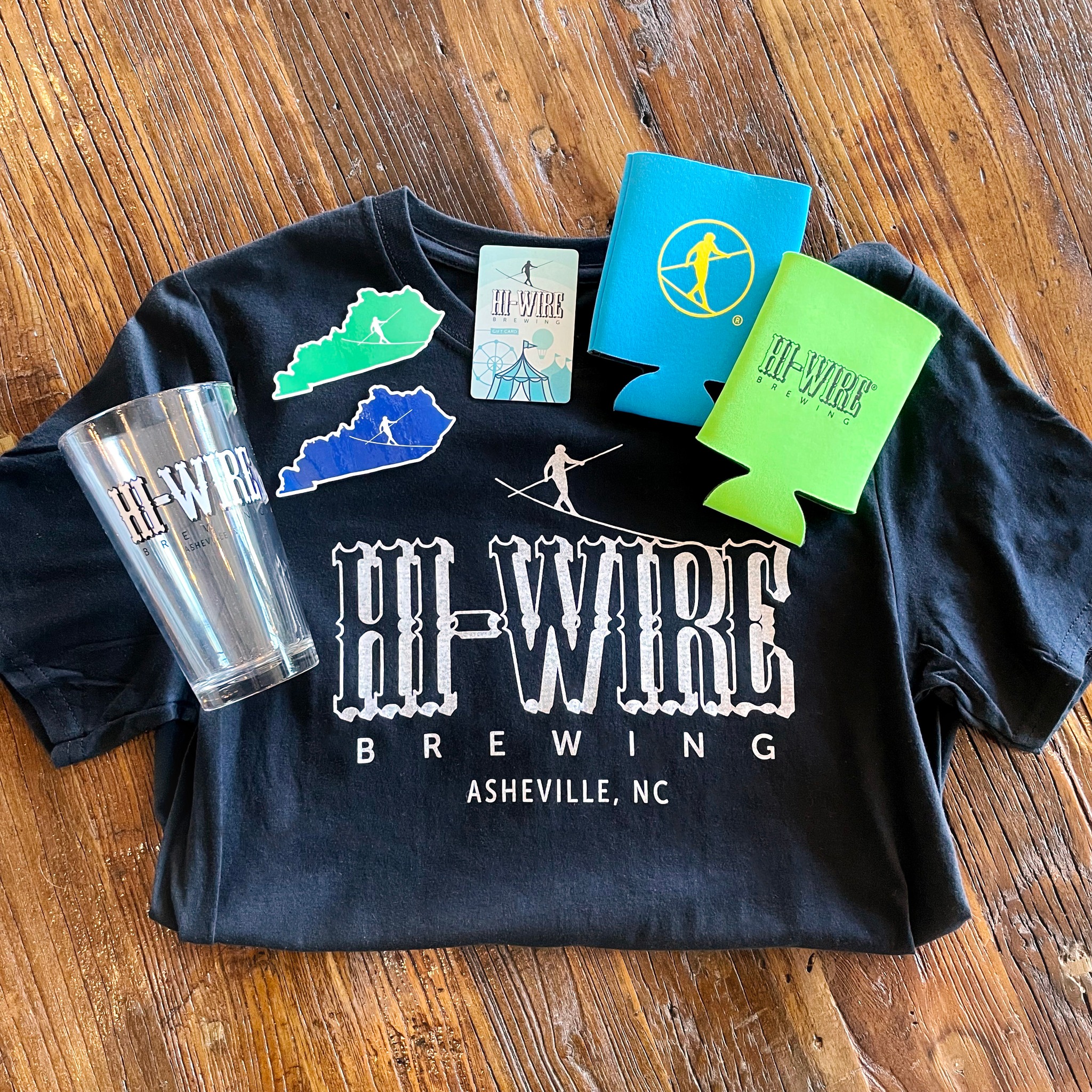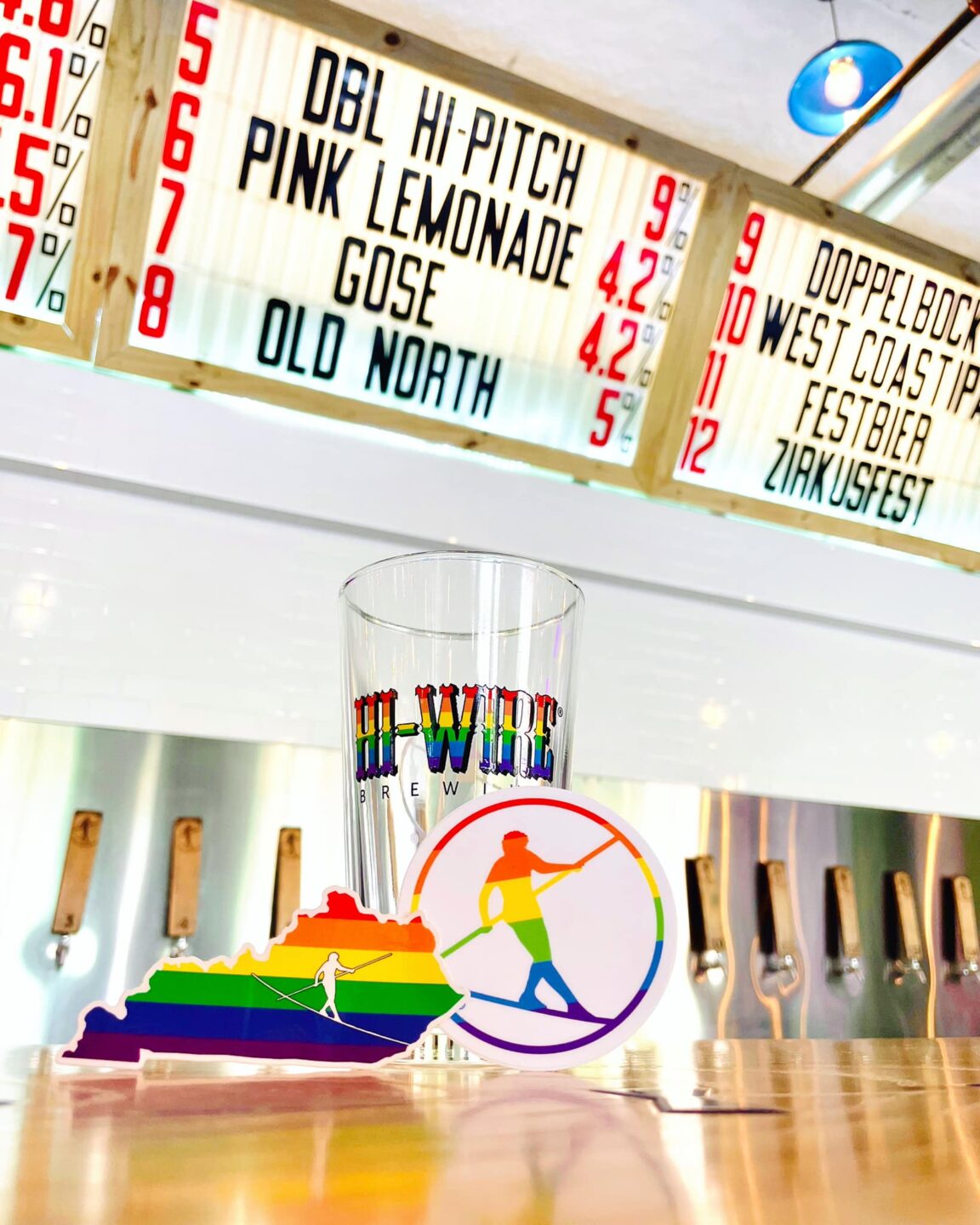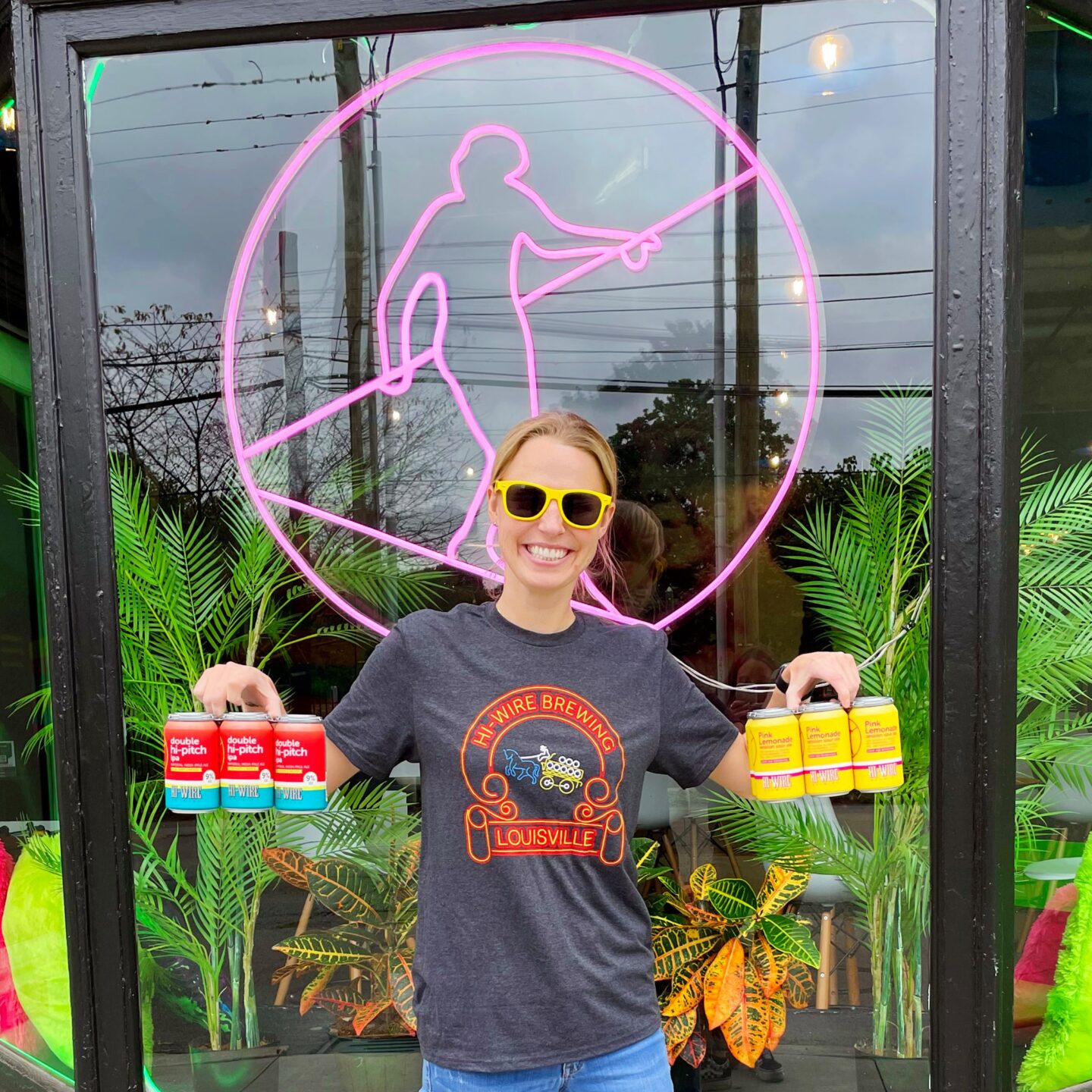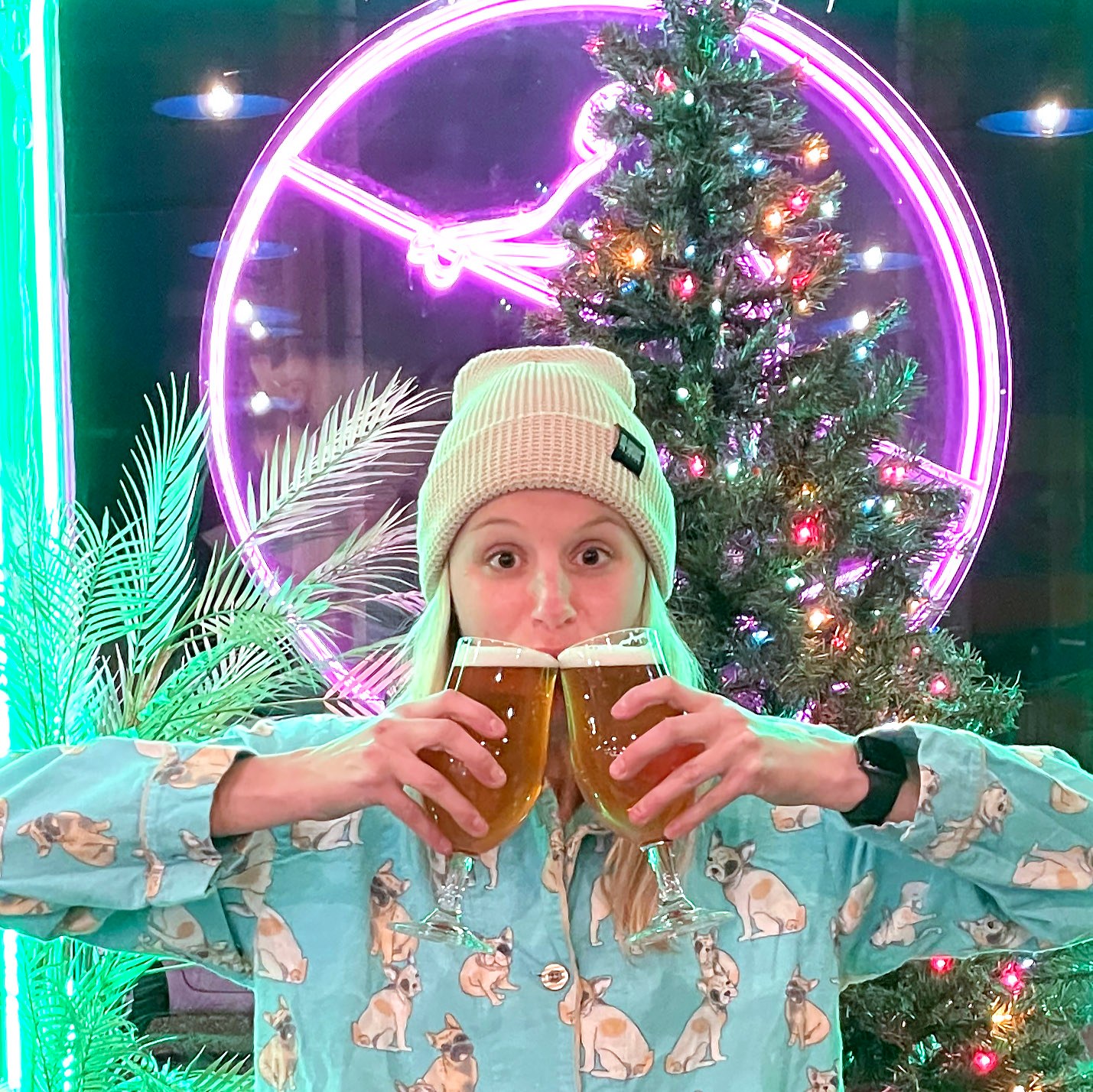How to Manage Inventory Using Your Brewery POS System
Tracking your inventory can be an easy process with the help of your brewery POS system. So let’s dive into how your brewery POS can simplifies your inventory stress.

Inventory can become a dreaded task when it comes to running your brewery. Between merchandise and beer inventory, it can be complicated and taxing. But it doesn’t have to be!
Whether you check inventory weekly, monthly, quarterly, or yearly, inventory can be an easy process with the help of your brewery POS system. So let’s dive into how your brewery POS can simplify and ease your inventory stress.
Setup is Key
The most important part of managing your inventory is setting up your brewery POS system correctly. Set up is going to be different for every brewery based on what kind of inventory information you want to collect. Questions you can ask yourself when setting up your brewery POS system are:
- Do you want to know every ounce of beer that leaves your taps?
- Do you need to know how many flagship kegs you sell each week or month vs specialty beers?
- Do you want to know the number of long sleeve shirts sold? And the size breakdowns?
- Do you need to know what color stickers are sold? Or is combining all the colors of the same design as one button okay?
All these questions can be answered if you set up your brewery POS system in the correct way. And here’s how you can do that.
Brewery POS systems are incredibly customizable
You can name your menus and buttons whatever you want, depending on what works best for your brewery. For most breweries, your brewery POS will have three main categories you want to track:
- BEER: Lists all your beers on tap and each beer’s pour size
- PACKAGE BEER: Lists all your available packaged beer options
- MERCHANDISE: Lists all the clothing, hats, glassware and accessories that you sell in your taproom
Draft Beer
The most important (and most used) button on your brewery POS system will be your BEER or DRAFT menu. This is where all your beers on draft, and their various sizes, reside. If you answered “yes” to the question of wanting to know every ounce of beer that leaves your taps, then adding all of your beer pour sizes is crucial to inventory tracking.
Every beer pour size rung in on your brewery POS system reflects ounces recorded leaving your taps. That is why including all pour sizes, from the 20oz mug club pours to 1oz taster pours, is tremendously helpful in tracking how much beer you actually sell, and how much beer you are losing.
At Hi-Wire Brewing, we have every pour size option listed under each beer. Our beers have anywhere from three to ten pour options listed. Our flagship Hi-Wire Lager has all ten options listed below, while our 10W-40, 9% ABV Stout only has three options (10oz, 4oz and taster). The ten options listed for the Hi-Wire Lager include:
- Mug Club (20oz)
- 16oz
- 10oz
- 8oz
- 4oz
- Taster (1oz)
- Growler (64oz)
- Howler (32oz)
- Liter
- Pitcher
One of the most important sizes to include is the taster, or 1oz pour. Many breweries overlook this pour size, but if you want to track every ounce that leaves your taps, that 1 ounce pour needs to be accounted for.
At Hi-Wire, we have a Taster button that records 1oz of beer and is priced at $0. We create a tab called “taster” at the start of each shift where we ring in each taster a customer asks for. While the tab closes at $0, it still records all the 1oz taster pours for beer inventory. We also record what we call “spills”. We categorize “spills” as any beer that is poured, but is not served. For instance, if a keg kicks halfway through a pour or it’s the end of the keg and it’s not servable, that’s documented as a spill. Any beer that is wasted during line cleaning is counted as a spill, too. Every ounce is tracked.
Merchandise
Your beer inventory is going to be the most extensive because of all the different pour options. Well, at least for Hi-Wire it is. However, the merchandise part of your brewery POS can be just as extensive depending on, well, how much merchandise you carry. From shirts, to hats, to stickers, to glassware, it can add up in ways you don’t even realize. The easiest way for me to explain how you can set up your brewery POS for merchandise inventory is if I explain how we do it at Hi-Wire. On our main menu, we include the following Menu Options:
- CLOTHING
- HATS
- GLASSWARE
- STICKERS
- MERCHANDISE
We break down our merchandise into specific categories. All shirts, tank tops, and sweatshirts reside under the CLOTHING menu. All hats and beanies reside under the HATS menu. All pint glasses, snifters, coffee mugs, and growlers reside under our GLASSWARE menu. All our five different sticker designs live under our STICKER menu. And finally, everything I call a “souvenir” like a koozie, keychain, frisbee, fanny pack, pop socket, etc. resides under our MERCHANDISE menu.
We create a button for every merchandise item. We have several t-shirts that are the same price, but each individual design gets its own button; WALKER GREEN, BLACK LOGO, KY STATE CHARCOAL, WMS KY STATE CHARCOAL, and more. We even take that step further and add every size under each shirt from small to 4XL. When my bartender goes to ring up a Black Logo Tee, they will need to input the size in order to add the shirt to the tab.
Adding sizes for each clothing item is incredibly important for your merchandise inventory. It’s the same concept as adding pour sizes to your beers. You want to track everything that leaves your taproom, including every shirt size. Instead of just seeing that you sold 12 logo shirts this month, by adding sizes you can see you sold 4 small, 4 medium, 2 large and 2 XL shirts. That type of data can take your inventory to the next level and increase your bottom line. In addition to seeing how many shirts were sold, this data can show you what sizes you sell the most and least of, which helps with ordering and restocking. At Hi-Wire this showed us we didn’t need to order XS shirts anymore and to limit the amount of 3XL shirts we ordered, saving us in the long run.
So why do we take the time to break our merchandise down into different menus and sizes? It sounds time consuming and difficult, right? It is, but it makes it easier for inventory purposes and for our staff. It takes a lot less time for my bartender to add a sticker to a tab if it’s under the STICKER menu than scrolling through an entire MERCHANDISE tab that has over 100 items listed. All of our items on the entire brewery POS system are in alphabetical order which makes finding items easier and faster.

Package Beer
So now that you’ve set up your draft beer and merch for inventory purposes, it’s time to do the same for your package beer. I saved this one for last because it’s the easiest part of your setup. There is probably only going to be one option you want to use, 6-PACK or 4-PACK. At Hi-Wire, we also include a SINGLE CAN and CASE button for some of our beers.
At Hi-Wire, we offer a Build Your Own 4-Pack option. We keep an empty PakTech in our to-go beer cooler that allows our customers to build their own 4-Pack of different Hi-Wire beers. Instead of adding four SINGLE CAN prices, which can get pricey, our brewery POS system allows us to create a BYO 4-Pack for a set price. My bartenders just need to select the four beers the customer has chosen for their 4-Pack.
When setting up your brewery POS system, take the time to do it right. I promise it will be worth it in the long run.
Compatibility with Other Technology
A brewery POS system can only go so far in helping you manage your beer and merchandise inventory. It’s incredibly important to use a brewery POS that is compatible with other inventory technology. BarTrack is a beer inventory technology that helps breweries track beer loss through sensors on their draft system. This type of technology takes managing your beer inventory to another level.
The same goes for merchandise inventory. At Hi-Wire, we use Ekos to help streamline our merchandise inventory. We can pull data from both our brewery POS system and Ekos to run our monthly inventory reports. Having the two applications work together allows me to count, add, and input inventory numbers with ease. It makes my monthly inventory task a lot smoother.
Robust Inventory Reporting
No matter what information and questions you are looking for when it comes to your taproom, your brewery POS system should have the reporting tools to answer those questions. There is not a day that goes by that I don’t look at the reports from our brewery POS system.
There are so many different reports I look at…
Daily Sales: I look at daily sales activity, and see what our top-selling beer and pour size is from each day.
Weekly Sales: I look at weekly sales and compare it to the previous week to see if the same flagship beer was the best-selling two weeks in a row. I like to compare Saturday sales activity from the past two weeks because Saturday’s are our heaviest traffic days.
Monthly Sales: I like to use the monthly sales reports to see what shirt design sold most each month. It’s usually different each month and I think that’s due to the fact I rotate our merch rack each month. I cannot wait until we have been open for over a year to compare days, weeks and months to the previous year.
There are so many factors that contribute to our daily, weekly and monthly sales:
- Did we have multiple events in the taproom that week that helped sell a lot of beer?
- Was there a new beer release that brought in regular customers and new ones?
- Was there an event in Louisville that brought in out-of-towners that helped sell a lot of merchandise? And what way was the merch rack facing?
- Was there bad weather that kept people away or vice versa? In Louisville, that happens a lot. (Kentucky weather is the worst.)
Beer and merchandise inventory reporting are incredibly important. They help you plan for the future, by looking at reports of the past. Do you need to order more shirts for a certain event next year? Do you need to brew more beer during the summer? These are all questions your brewery POS system’s reporting can answer. Robust reporting can help your merchandise purchasing and your brewing schedule.
Accurate Inventory Benefits Accounting
If you are putting a high priority on managing your inventory, it will only benefit accounting. Your brewery POS system’s robust inventory reporting can show you where losses are happening because you’ve set it up that way. You added the ability to track all the ounces of beer and merchandise that leave your taproom. By doing this, your accounting department will thank you.
For draft beer, loss can happen because of many reasons. The two main reasons we lose beer at HiWire is when beers are too foamy and excessive pouring is needed to get the right pour, or when cleaning our tap lines and faucets. These losses are tracked so that accounting is aware that these are controlled losses. When I pour a beer that pours too foamy and I lose around four ounces of beer, I will go into our brewery POS system and ring up a 4oz pour under our “Spills” tab. The same goes for when I clean our lines, but I title the tab “line cleaning.” When accounting sees these reports, they see that X amount of beer was lost and why.
Between tracking beers poured and beers lost, there shouldn’t be much discrepancy in the amount of kegs you go through. If there is a discrepancy, then accounting and FOH can discuss and analyze why that might be happening to fix it.
Merchandise loss is very different from beer loss. For merchandise, a lot of your losses will unfortunately come from theft. For Hi-Wire, we noticed our hat inventory kept being off each month. The amount we started with and the amount we sold and still had on hand, did not add up to the same number. We then moved our hats into the merch closet, but kept some on display and out of reach of customers. After a month or so, our hat inventory evened back out. The only way we were ever going to notice this loss was through our monthly inventory check. Losses can be fixed, but you have to determine those losses in the first place.

Time Saver
As I mentioned at the beginning, inventory can be a dreaded and time consuming task. It doesn’t have to be. I do inventory each month and each month it gets easier and easier thanks to continued repetition, and of course, our brewery POS system, Arryved. Being able to customize the brewery POS buttons to help with our inventory streamlines the process.
I am able to connect with both BarTrack and Ekos to help run reports and determine losses that helps our accounting department. It is an overall important process for Hi-Wire and for running a successful business. Whether you have several satellite taprooms like Hi-Wire, or one taproom, inventory is important. Making it a priority is important and your brewery POS system can help you do that.
ABOUT THE AUTHOR:
Kindsey Bernhard is the Taproom Manager at Hi-Wire’s location in Louisville. She also hosts a podcast called Boys Are From Märzen, which is a craft beer podcast featuring women in the industry. In her free time, Kindsey loves spending time with her dogs, Oberon and Otto.

